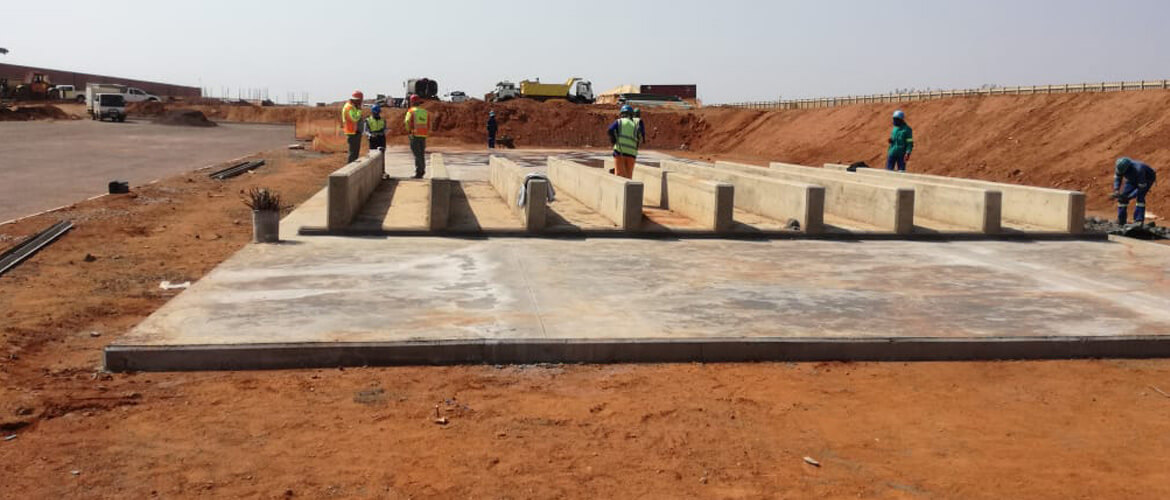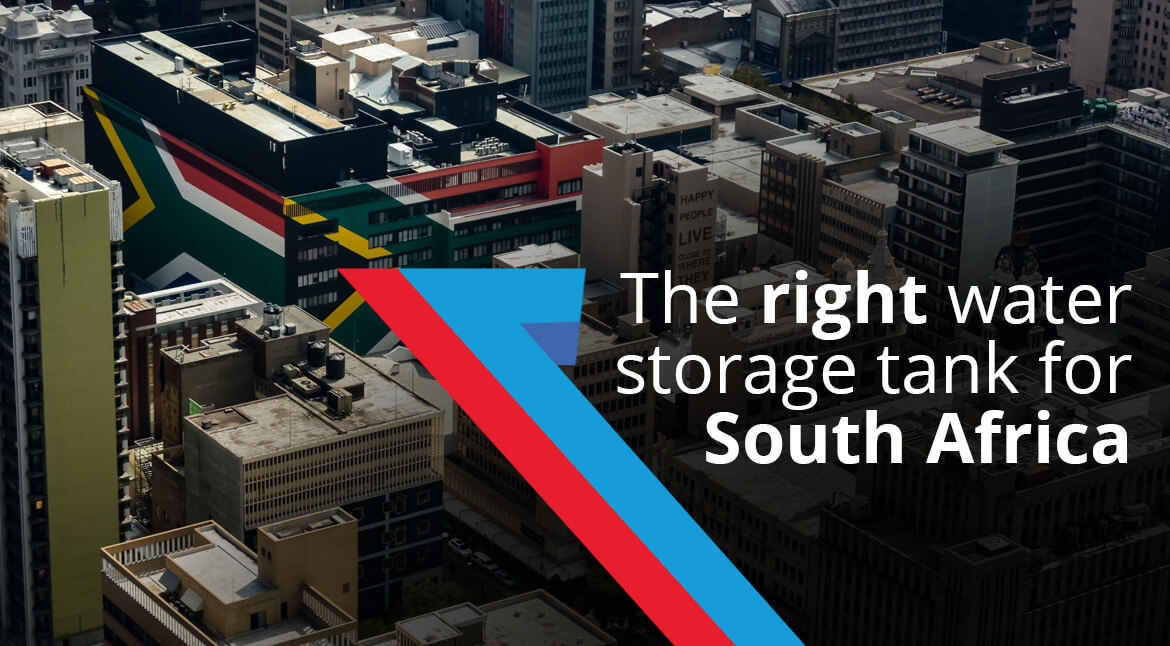Choosing the Right Water Storage Tank for South Africa: Factors to Consider
South Africa, with its diverse climatic conditions and water scarcity challenges, often requires effective water storage solutions. Whether for domestic, agricultural, or industrial purposes, selecting the right water storage tank is crucial to ensure a sustainable and reliable water supply. In this article, we will explore the key factors to consider when choosing a water storage tank in South Africa.
1. Tank Material:
The choice of tank material is one of the primary considerations. Several materials are commonly used, each with its advantages and suitability for different applications. The main options include:
- Plastic: Plastic tanks are lightweight, affordable, and easy to install. They are resistant to corrosion and offer good resistance to chemicals. Plastic tanks are suitable for domestic and small-scale applications.
- Steel: Steel tanks are known for their durability and strength. They can withstand harsh weather conditions and are often used for industrial and commercial purposes. Steel tanks are available in various sizes and can be customized to meet specific needs.
Steel tanks and plastic tanks differ in a few key ways.
- Plastic tanks are pre-moulded and can be placed in existing configurations, which can limit access.
- Sectional tanks and cylindrical flat back tanks come in flat packs and are modular in design, so they can be built on-site in smaller confined spaces, maximizing capacity.
- Concrete: Concrete tanks are highly durable, long-lasting, and offer excellent resistance to fire. They are commonly used for large-scale industrial and agricultural applications. However, they can be more expensive to install and may require professional expertise.

2. Tank Size and Capacity:
The size and capacity of the water storage tank depend on the intended use and water demand. Consider factors such as the size of the property or facility, the average water consumption, and any potential future expansions or increased water requirements. It is important to strike a balance between having a tank large enough to meet demand and avoiding unnecessary costs or space constraints.
3. Water Quality and Storage Conditions:
South Africa experiences various water quality challenges, including high mineral content and potential contamination risks. Assess the quality of the water source and consider any additional filtration or treatment requirements. Additionally, consider the storage conditions required to maintain water quality. For example, some tanks may require insulation or UV-resistant coatings to prevent algae growth and maintain water freshness.
4. Installation Requirements:
Understanding the installation requirements is essential to ensure a successful and hassle-free setup. Consider factors such as the available space for tank placement, foundation requirements, and access for installation equipment. It is advisable to consult with experts or reputable suppliers who can guide you through the installation process and ensure compliance with local regulations.

5. Maintenance and Durability:
Regular maintenance is crucial for the longevity and optimal performance of a water storage tank. Consider the ease of maintenance and any specific requirements for cleaning, inspection, and repairs. Additionally, factor in the durability of the tank material and its resistance to external factors such as UV radiation, extreme temperatures, and potential impact damage.
6. Cost Considerations:
Budget is an important factor when selecting a water storage tank. Consider the initial purchase cost, installation expenses, and any ongoing maintenance or operational costs. While it is essential to find a tank that fits within your budget, prioritize quality and durability to avoid potential issues or frequent replacements in the long run.
7. Supplier Reputation and Support:
Choosing a reputable and reliable supplier is critical. Look for suppliers with a proven track record and positive customer feedback. A reputable supplier can provide guidance, support, and after-sales services, ensuring a smooth and satisfactory experience.
8. Local Regulations and Permits:
Complying with local regulations and obtaining any necessary permits or approvals is essential when installing a water storage tank. Familiarize yourself with the specific regulations in your area to ensure that your tank installation meets all legal requirements and avoids potential fines or penalties.

9. Environmental Considerations:
Consider the environmental impact of the tank material and installation. Opting for eco-friendly materials or incorporating rainwater harvesting systems can contribute to sustainable water usage and reduce reliance on other sources.
10. Purpose and Application:
Lastly, consider the specific purpose and application of the water storage tank. Whether it’s for domestic use, irrigation, firefighting, or industrial processes, ensure that the chosen tank aligns with the unique requirements of your application.
Conclusion:
Selecting the right water storage tank in South Africa requires careful consideration of various factors, including tank material, size, water quality, installation requirements, maintenance, cost, supplier reputation, local regulations, and the specific application. By assessing these factors, you can make an informed decision that ensures a reliable and sustainable water supply for your needs. Collaborating with a trusted supplier like Videx Water Storage Tanks can provide expert guidance and a wide range of high-quality tank options to meet the diverse requirements of South African users.



